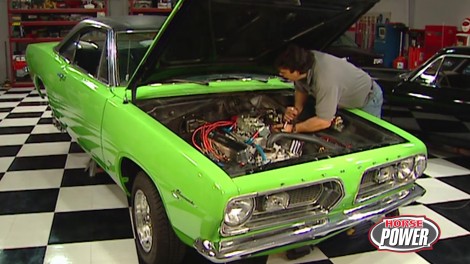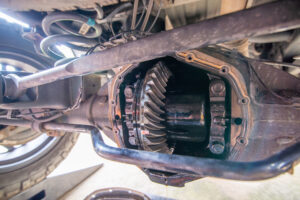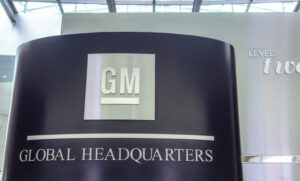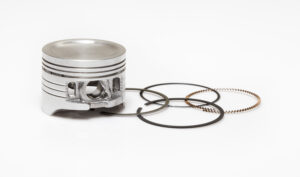
Project Kingfish Part 2
We focus on revitalizing a 1967 Plymouth Barracuda, affectionately dubbed Project Kingfish, aiming to transition it from a drag racing machine to a balanced, drivable street powerhouse.
Season 7
Episode 14






























